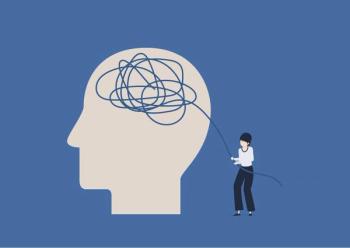
The presentation of catatonia can vary, making its management challenging, particularly in resource-limited settings in South Africa.
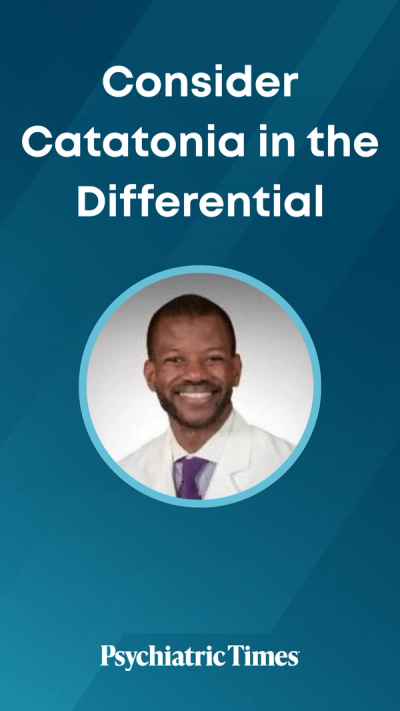

The presentation of catatonia can vary, making its management challenging, particularly in resource-limited settings in South Africa.
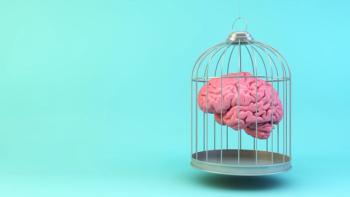
Catatonia is thought to be significantly underrecognized, and it is important to routinely screen for it among hospitalized patients. Here's how to recognize and treat.
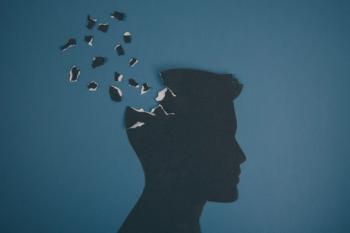
There is very modest evidence that clozapine may be associated with improvement of catatonia.

Catatonia: learn more about how to best diagnose early.
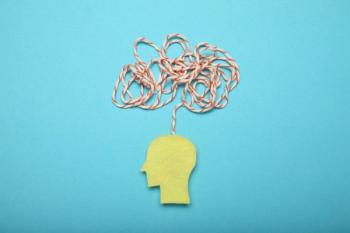
Clozapine for catatonia? Researchers performed a systematic review of the evidence as a treatment for catatonia.

Emil Kraepelin diagnosed the paranoid, catatonic, and hebephrenic forms of dementia praecox, a disease he created.
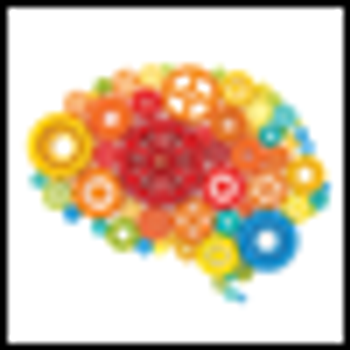
The current system of payment for mental health care in the US can lead, or even incentivize, clinicians to focus on and code for Axis I disorders and their more readily reimbursed psychopharmacological treatment approaches.

In my view, Dr Angell’s assertions reflect both a serious misunderstanding of psychiatric diagnosis, and-equally important-a failure to address the core philosophical issues involved in her use of the terms “subjective,” “objective,” “behaviors,” and “signs.”

DSM-II was published in 1968. DSM-5 will be published in 2013. How much progress have we made? I propose that we approach this question with a quiz.

ECT, like abortion, is surrounded by controversy and strong opinions on both sides. Fortunately, for those of us who practice ECT, the discussion is not quite as heated nor the risks as high as for our colleagues in ob-gyn.

Dr Stone's vivid description of the military's abusive use of ECT 50 years ago -- while compelling to read from an historical perspective -- should in no way be confused with ECT today.

During my residency training at Harvard’s McLean Hospital from 1956-1959, the treatment of choice for all of our patients was intensive psychodynamic psychotherapy.

Despite these divergent books, it is important to avoid characterizing ECT as controversial. The Shorter-Healy and Dukakis books should dampen the controversy, because they characterize ECT as a safe, effective, and important treatment that psychiatry almost forgot. With its emotion-laden accusations and name-calling, the Andre book will inflame opinions.

The overall effectiveness of electroconvulsive therapy (ECT) is well known, but its speed of action is much less talked about. Here I review what is known about the time course of action of ECT in depression.

Delirium has been recognized and described since antiquity. It is a brain disturbance manifested by a syndrome of diverse neuropsychiatric symptoms. Various terms have been used for delirium, such as acute brain disorder, metabolic encephalopathy, organic brain syndrome, and ICU psychosis.

The epidemiology and management of psychiatric disability have gained increased attention for a variety of reasons in the past 3 decades. There are issues of empowerment, advocacy, and reduction of stigma. There are also concerns about cost containment as well as reliability, validity, and efficacy of the determination process.

Here I will discuss several examples of recent, reasonable depictions of ECT in the media, and I will suggest how they could represent a shift in the way that this “controversial” therapy is regarded. I use the word “controversial” advisedly, because even on the day I write this, a newspaper article on deep-brain stimulation, in which ECT is described, reads: “New reports this month show that some worst-case patients-whose depression wasn’t relieved by medication, psychotherapy, or even controversial shock treatment-are finding lasting relief.

The mind-brain dichotomy has been on a roller-coaster ride over the past few hundred years. Clinically astute European neuropsychiatrists in the 18th and 19th centuries described various neuropsychiatric disorders based on observations of their patients.

Prognostication is a major part of what physicians do in many fields of medicine, and it is particularly relevant when a treatment or procedure is controversial or anxiety-provoking. Being able to accurately tell a prospective ECT patient how likely he or she is to respond would be helpful.

In May 2007, the novelist Ann Bauer went public with the tribulations of her autistic son. When catatonia developed, a diagnosis of schizophrenia was made, and antipsychotic medications were prescribed, but with little benefit. When the catatonia syndrome was recognized as independent of schizophrenia and successfully treated, her son returned to a more normal life.1,2

Grand mal convulsive seizures are characterized by the sudden loss of consciousness and motor inhibition, followed by tonic flexion and extension, repetitive clonic movements, and motor relaxation and lassitude. Seizures are elicited in all vertebrates that have been tested. The loss of both vigilance and the defenses of fight or flight incur life-threatening risks to the individual. In evolutionary history, we would expect this behavior to be extinguished. Its persistence prompts the query: What are the benefits of seizures?

A new edition of an established text is an opportunity for its authors and editors to review new information and prune what is no longer useful. The 4th edition of Principles and Practice of Psychopharmacotherapy is more successful at the former than it is at the latter.

Current treatments for autistic spectrum disorders (ASD) are useful in some cases, but have little enduring impact. This had lead to many parents seeking nonconventional treatments that often border on quackery.

Since its initial description by Kahlbaum (1828-1899) over a century ago, catatonia has been associated with psychiatric, neurologic, and medical disorders. Contemporary authors view catatonia as a syndrome of motor signs in association with disorders of mood, behavior, or thought. Some motor features are classic but infrequent (eg, echopraxia, waxy flexibility) while others are common in psychiatric patients (eg, agitation, withdrawal), becoming significant because of their duration and severity.

Levodopa (l-dopa) and dopamine agonists are the main treatment for Parkinson disease (PD), but these therapies are of limited value in the long course of the illness because they counter a neurotransmitter deficit but do not halt neurodegeneration. In this main article and in an accompanying story, we offer an update on the status of Parkinson treatments today.